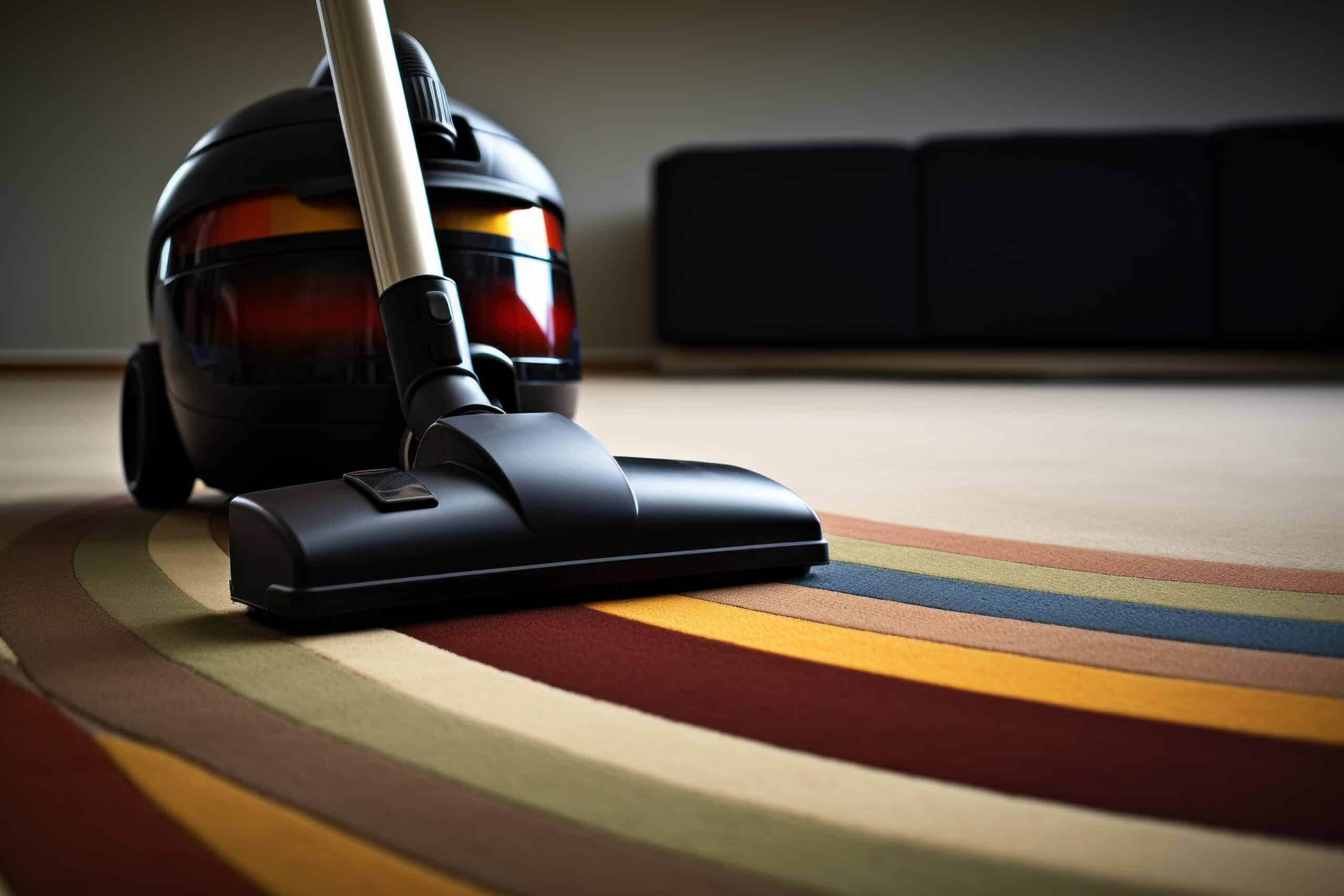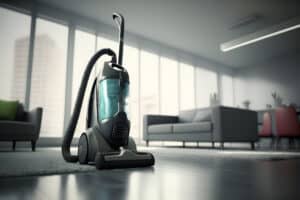How To Fix A Vacuum Cleaner With No Suction?
Key Takeaways
- Using the wrong height setting for the type of floor can hinder a vacuum cleaner’s ability to create suction.
- A full bag or canister can restrict airflow and lead to a loss of suction.
- Dirty filters can significantly impact a vacuum cleaner’s suction power.
Having a vacuum cleaner that loses suction can be frustrating and inefficient when it comes to cleaning your home. However, there are several common reasons why your vacuum cleaner may be experiencing this issue, and luckily, many of them can be easily fixed. In this article, we will explore the various reasons why a vacuum cleaner may lose suction and provide you with practical solutions to resolve the problem.
1. Check the Height Setting
One of the most common reasons for a vacuum cleaner losing suction is using the wrong height setting for the type of floor you are cleaning. If the height setting is too high or too low, it can hinder the vacuum’s ability to create suction. Make sure to adjust the height setting according to the surface you are vacuuming, such as low pile carpet, high pile carpet, or hard floors.
2. Empty the Bag or Canister
A full bag or canister can restrict airflow and lead to a loss of suction. It is important to regularly empty the bag or canister to maintain optimal performance. If you have a bagless vacuum, ensure that the canister is emptied before it reaches its maximum capacity. For bagged vacuums, replace the bag when it is full.
3. Clean or Replace Dirty Filters
Dirty filters can significantly impact a vacuum cleaner’s suction power. Over time, filters can become clogged with dust, debris, and pet hair, reducing airflow. Check the manufacturer’s instructions on how to access and clean the filters. In some cases, filters may need to be replaced if they are too dirty or damaged.
4. Unclog the Hose
A clogged hose is another common culprit for a vacuum cleaner losing suction. Hair, dirt, and other debris can get stuck in the hose, obstructing the airflow. To unclog the hose, detach it from the vacuum and use a long, flexible object like a broom handle or a wire hanger to push out any blockages. You can also run water through the hose to flush out stubborn debris.
5. Tangled Rollers
If the brush roll or rollers in your vacuum cleaner are tangled with hair or debris, it can hinder suction. Check the brush roll and remove any entangled hair or debris. You may need to use scissors or a seam ripper to carefully cut and remove tangled hair. Regularly cleaning the brush roll can help prevent future clogs and maintain optimal suction.
6. Inspect the Belt
A worn or broken belt can cause the brush roll to stop spinning, resulting in a loss of suction. Inspect the belt for any signs of wear or damage. If the belt appears loose, frayed, or broken, it may need to be replaced. Refer to the vacuum cleaner’s manual or manufacturer’s website for instructions on how to replace the belt properly.
7. Check for Cracks in the Hose
Cracks in the hose can cause air leakage, leading to a decrease in suction power. Inspect the hose for any visible cracks or damage. If you find any, temporarily patch them with duct tape until you can replace the hose. It is important to note that duct tape is not a permanent solution, and a replacement hose should be obtained as soon as possible.
8. Worn or Broken Gaskets
Worn or broken gaskets can also contribute to a vacuum cleaner losing suction. Gaskets are seals that help maintain suction within the vacuum. If you suspect a faulty gasket, it is advisable to seek professional repair or contact the manufacturer for assistance.
Conclusion
When your vacuum cleaner loses suction, it can be frustrating, but it is often a problem that can be resolved. By checking the height setting, emptying the bag or canister, cleaning or replacing dirty filters, unclogging the hose, untangling rollers, inspecting the belt, checking for cracks in the hose, and addressing worn or broken gaskets, you can restore your vacuum cleaner’s suction power and ensure efficient cleaning.
Related Websites:
- Vacuums Advisor – Vacuum Cleaner Lost Suction
- Better Homes & Gardens – How to Fix a Vacuum Cleaner with No Suction
- The Spruce – How to Fix a Vacuum Cleaner with No Suction
- wikiHow – How to Fix a Vacuum Cleaner
- Thumbtack – How to Clean a Vacuum Filter
- Storables – How to Clean a Vacuum for Stronger Suction and Peak Performance
FAQs:
Q: What are the potential causes of a vacuum cleaner losing suction power?
There are several potential causes for a vacuum cleaner losing suction power, including clogged filters or dust containers, blockages in the hose or brush roll, damaged or worn-out parts, incorrect height adjustment, and power supply issues.
Q: How can I fix a vacuum cleaner with no suction?
To fix a vacuum cleaner with no suction, follow these steps: 1. Unplug the vacuum cleaner. 2. Empty or clean the dust container and filters. 3. Inspect the hose and brush roll for blockages. 4. Check for any damaged or worn-out parts and replace if necessary. 5. Adjust the vacuum cleaner’s height settings. 6. Ensure a proper power supply.
Q: What are some prevention and maintenance tips for maintaining suction power in a vacuum cleaner?
To maintain suction power in a vacuum cleaner, it is important to: regularly clean filters and dust containers, use vacuum cleaner attachments for thorough cleaning, periodically inspect hoses and brush rolls for blockages, promptly replace worn-out parts, and follow the manufacturer’s guidelines for maintenance.
Q: Why is regular maintenance important for a vacuum cleaner?
Regular maintenance is important for a vacuum cleaner because it helps ensure optimal suction power and performance. It also extends the lifespan of the vacuum cleaner and reduces the likelihood of breakdowns or costly repairs.
Q: Where can I find further resources to enhance my understanding of vacuum cleaner maintenance?
There are various resources available online and in user manuals that can provide further guidance on vacuum cleaner maintenance and troubleshooting. Explore these resources to enhance your understanding and keep your vacuum cleaner in optimal condition.






